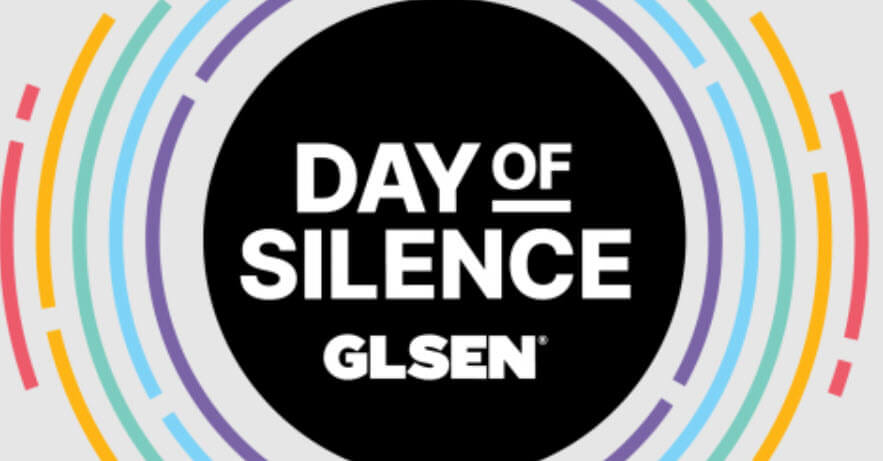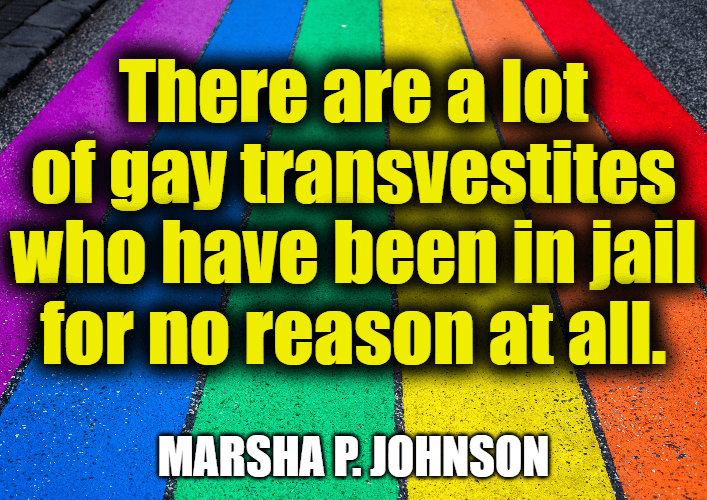Learn about the history, traditions, and significance of the Day of Silence, a powerful event that raises awareness about anti-LGBTQ+ bullying and harassment in schools.
The Day of Silence is a student-led national event in the United States that brings attention to the issue of anti-LGBTQ+ bullying, harassment, and discrimination in schools. It is typically observed on the third Friday in April and involves students taking a vow of silence for the entire school day to symbolize the silencing effect of bullying and harassment on LGBTQ+ students and their allies. The Day of Silence has been observed annually since 1996 and is organized by the Gay, Lesbian, and Straight Education Network (GLSEN), a non-profit organization that advocates for safe and inclusive schools for all students, regardless of sexual orientation or gender identity.
History of Day of Silence
The Day of Silence was first organized in 1996 by a group of students at the University of Virginia in response to a class assignment on non-violent protests. The students, led by Maria Pulzetti, decided to use silence as a way to raise awareness about the harassment and discrimination faced by LGBTQ+ students in schools.
The event spread to other schools and universities, and in 2001, the Gay, Lesbian, and Straight Education Network (GLSEN) took over organizing the event and expanded it to include K-12 schools. The first National Day of Silence was observed in 2001, with over 100,000 students participating.
Over the years, the Day of Silence has grown in popularity and has become one of the largest student-led actions in the country. It has also evolved to include other activities, such as rallies, workshops, and other events to promote awareness and support for LGBTQ+ students.
The Day of Silence has been recognized by several organizations and government entities, including the National Education Association and the White House. However, it has also faced opposition from some conservative groups, who argue that it promotes a “homosexual agenda” and disrupts the educational environment. Despite this, the Day of Silence continues to be observed in schools and universities across the United States as a way to raise awareness about the issue of anti-LGBTQ+ bullying and harassment.

Day of Silence Timeline
Here is a timeline of some key events related to the Day of Silence:
- 1996: The first Day of Silence is organized by a group of students at the University of Virginia.
- 2001: The first National Day of Silence is observed, with over 100,000 students participating.
- 2005: The Day of Silence is opposed by some conservative groups, who organize a “Day of Truth” to counter it.
- 2008: The Day of Silence is recognized by the National Education Association as an official event.
- 2011: The White House releases a video in support of the Day of Silence.
- 2012: GLSEN introduces the Breaking the Silence Award to recognize individuals who have spoken out against anti-LGBTQ+ harassment and discrimination.
- 2016: The Day of Silence is observed in over 8,000 schools and universities across the United States.
- 2018: The Day of Silence is held on April 27th, which marks the 22nd anniversary of the event.
- 2020: The Day of Silence is held virtually due to the COVID-19 pandemic, with participants sharing their messages of support on social media.
- 2021: The Day of Silence is observed on April 23rd, with a focus on intersectionality and the experiences of LGBTQ+ students of color.
The Day of Silence has become an important event in the LGBTQ+ community and continues to raise awareness about the issue of anti-LGBTQ+ bullying and harassment in schools.
Day of Silence Traditions
The Day of Silence is typically observed with several traditions, including:
- Taking a vow of silence: Participants in the Day of Silence take a vow of silence for the entire school day to symbolize the silencing effect of anti-LGBTQ+ bullying and harassment.
- Wearing a ribbon or sticker: Many participants wear a ribbon or sticker to show their support for the Day of Silence and to signal to others that they are participating in the event.
- Posting signs and flyers: Some participants post signs and flyers in their school or community to raise awareness about the Day of Silence and to encourage others to get involved.
- Holding a rally or event: Some schools and universities hold a rally or event to coincide with the Day of Silence, where participants can break their silence and share their experiences and stories.
- Fundraising for LGBTQ+ organizations: Some participants use the Day of Silence as an opportunity to raise funds for LGBTQ+ organizations and to promote activism and advocacy for the LGBTQ+ community.
The traditions of the Day of Silence may vary depending on the school or organization, but the overall goal is to raise awareness and promote activism for LGBTQ+ rights and equality.

How to Observe Day of Silence
Here are some steps to observe the Day of Silence:
- Understand the purpose: Learn about the purpose and history of the Day of Silence, which is to raise awareness about the issue of anti-LGBTQ+ bullying and harassment in schools.
- Take a vow of silence: Take a vow of silence for the entire school day or a portion of it. You can communicate your needs through written notes or a text-to-speech app.
- Wear a symbol of support: Wear a ribbon or sticker to show your support for the Day of Silence and to signal to others that you are participating in the event.
- Educate others: Use the day as an opportunity to educate others about the Day of Silence and why it’s important. You can share your story, discuss statistics, or share educational resources.
- Participate in events: Attend rallies, workshops, and other events organized by your school or community to promote awareness and support for LGBTQ+ students.
- Donate: Consider donating to LGBTQ+ organizations or fundraisers that support LGBTQ+ rights and equality.
- Break the silence: At the end of the day, break your silence and share your experiences and stories with others.
Remember, participation in the Day of Silence is voluntary, and it’s important to be respectful and understanding of those who choose not to participate. The Day of Silence is a powerful way to raise awareness and promote activism for LGBTQ+ rights, but it’s also important to continue to support the LGBTQ+ community beyond this one day.
Facts About LGBTQ
Here are some facts about the LGBTQ+ community:
- LGBTQ+ stands for lesbian, gay, bisexual, transgender, and queer/questioning, with the plus sign representing other identities within the community.
- Sexual orientation and gender identity are separate, but related, aspects of a person’s identity. Sexual orientation refers to the gender(s) a person is attracted to, while gender identity refers to a person’s internal sense of their own gender, which may or may not align with the gender they were assigned at birth.
- LGBTQ+ individuals face higher rates of discrimination, harassment, and violence than their heterosexual and cisgender counterparts. This includes discrimination in employment, housing, healthcare, and other areas of life.
- LGBTQ+ youth are at a higher risk for suicide and self-harm than their heterosexual and cisgender peers. This is often due to bullying, harassment, and lack of acceptance from family and society.
- Conversion therapy, which aims to change a person’s sexual orientation or gender identity, has been widely discredited by medical and mental health organizations and is banned in many countries and states.
- Same-sex marriage is legal in many countries, but not all. In the United States, same-sex marriage was legalized nationwide in 2015.
- The LGBTQ+ community is diverse and includes individuals from all races, ethnicities, religions, and socioeconomic backgrounds.
- LGBTQ+ representation in media, politics, and other areas of society has increased in recent years, but there is still work to be done to achieve full equality and acceptance for the community.
It’s important to remember that these are just a few facts about the LGBTQ+ community and that there is a wide range of experiences and identities within the community. It’s important to be respectful and inclusive of all individuals, regardless of their sexual orientation or gender identity.
Why Day of Silence is Important
The Day of Silence is important because it raises awareness about the issue of anti-LGBTQ+ bullying and harassment in schools. It provides an opportunity for students and educators to reflect on the harm caused by such behaviors and to promote inclusion, acceptance, and safety for LGBTQ+ individuals.
The Day of Silence is also important because it empowers students to take action and become advocates for change. It encourages young people to stand up against bullying and discrimination and to promote a culture of respect and understanding for all individuals, regardless of their sexual orientation or gender identity.
Furthermore, the Day of Silence sends a message to LGBTQ+ youth that they are not alone and that there are people who support and care for them. It creates a sense of community and solidarity that can be particularly important for LGBTQ+ youth who may feel isolated or unsupported in their schools or communities.
Finally, the Day of Silence serves as a reminder that the fight for LGBTQ+ rights and equality is ongoing. While progress has been made in recent years, there is still work to be done to ensure that LGBTQ+ individuals can live their lives free from discrimination, harassment, and violence. The Day of Silence helps to keep this important issue in the public eye and to encourage ongoing activism and advocacy for LGBTQ+ rights.